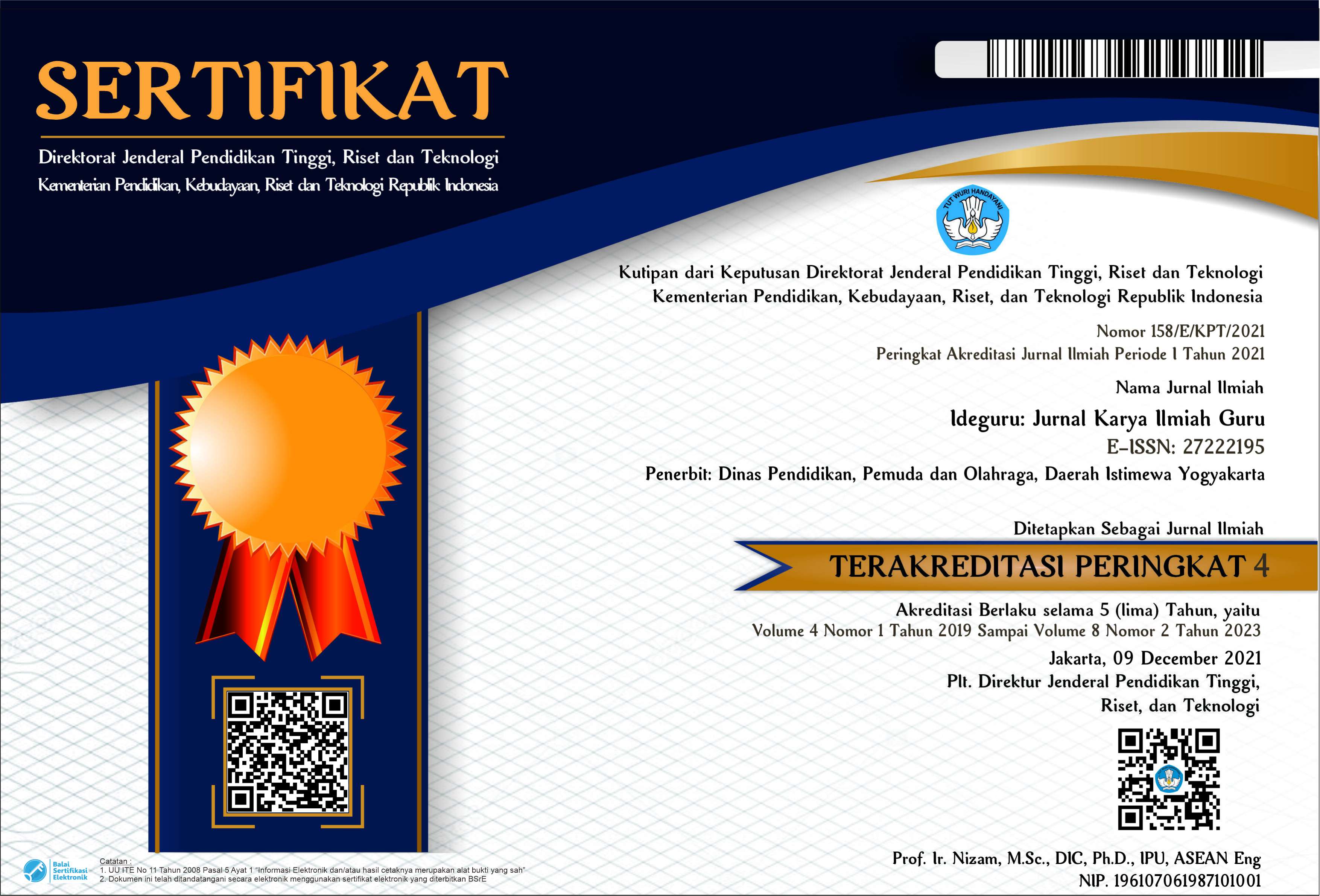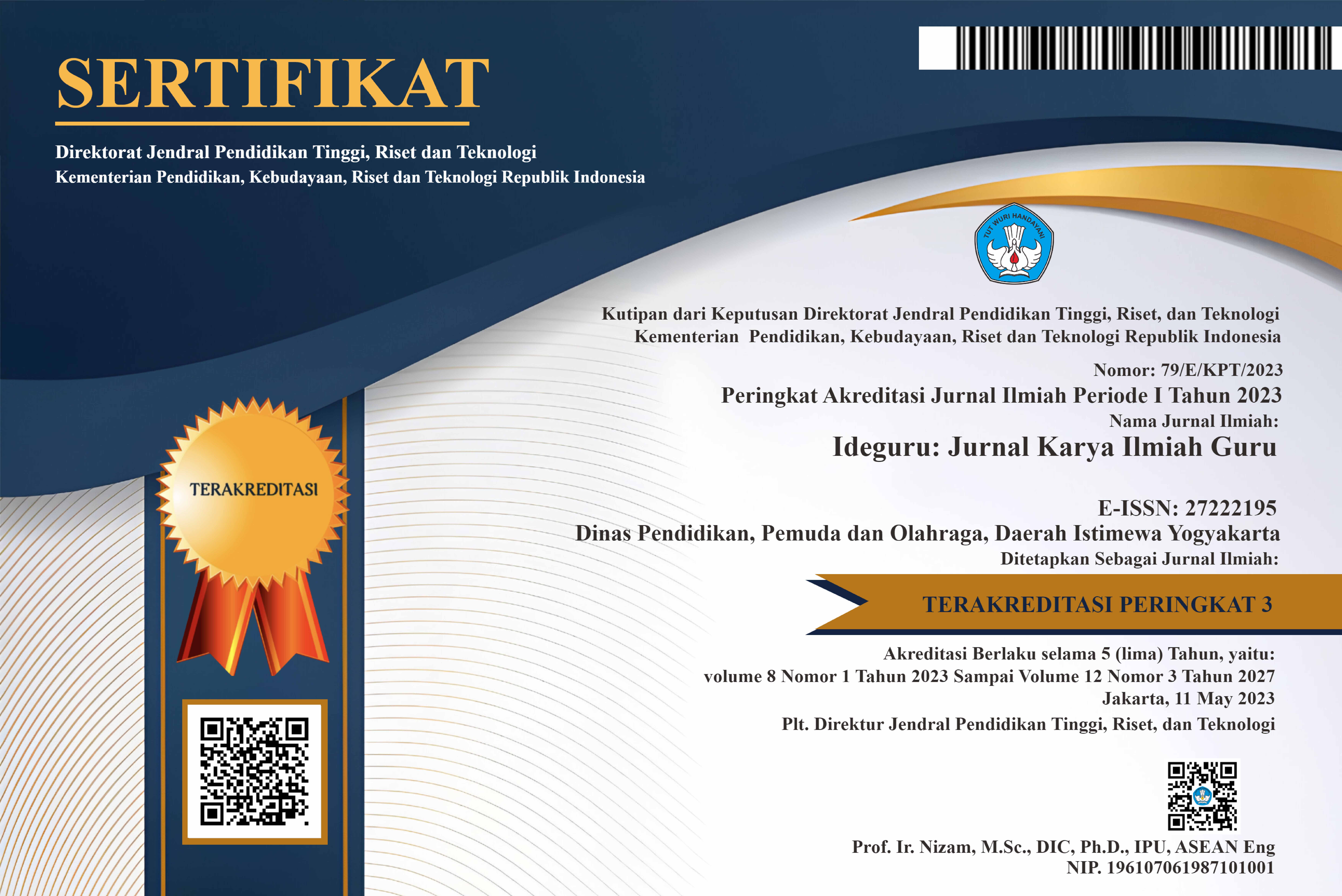Enhancing Preschooler's Spoken Narrative Skills Through Student-Teacher Interactions at Singapore Intercultural School Semarang
Abstract
Expectations for preschool education have risen, focusing on holistic child development and language skills. Parents increasingly prioritize language development while preschool teachers strive to integrate 21st-century skills, balancing these demands with the child’s overall growth. Research underscores the crucial role of teachers in fostering positive relationships with students, significantly impacting motivation and development. This study examines the importance of supportive teacher-student interactions across four key areas: teacher-child interactions, emotional support, instructional support, and classroom management. It specifically investigates how these interactions influence preschoolers' spoken narrative skills. Data were collected through observations, semi-structured interviews with teachers, and document analysis, involving 14 kindergarten 2 participants from SIS Semarang Preschool. Findings reveal that supportive interactions enhance children's speaking abilities and confidence while promoting their social and emotional well-being. Notably, three children faced language difficulties, and eleven required vocabulary enrichment. The study's insights suggest that early childhood educators should focus on developing strategies to cultivate positive relationships and environments conducive to children's mental, social, and emotional growth.
PDF Downloads
Copyright (c) 2025 Yuniar Chrismonia Caesar, Puji Astuti, Hendi Pratama

This work is licensed under a Creative Commons Attribution 4.0 International License.

 DOI:
DOI:













